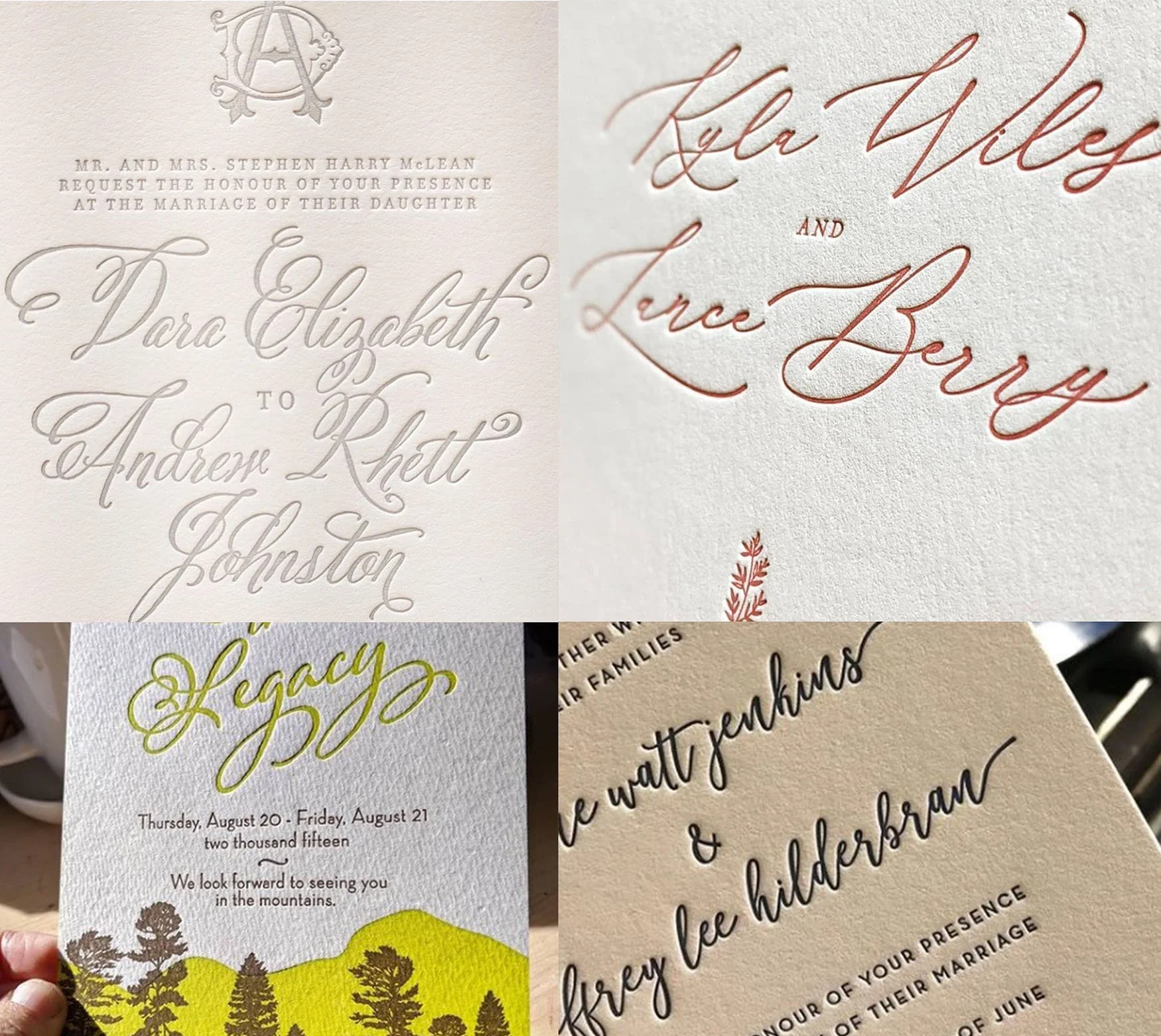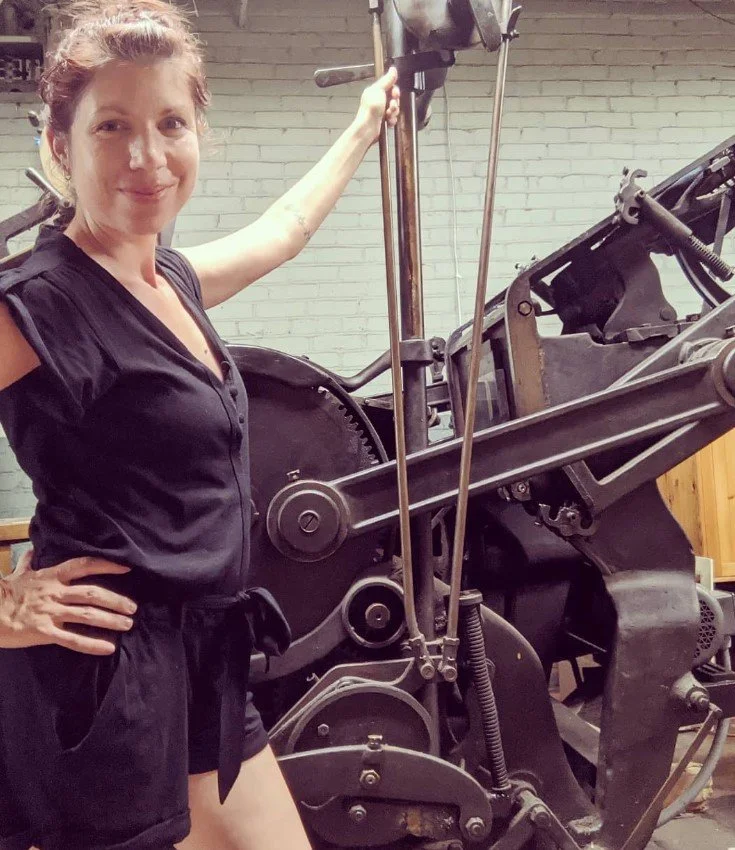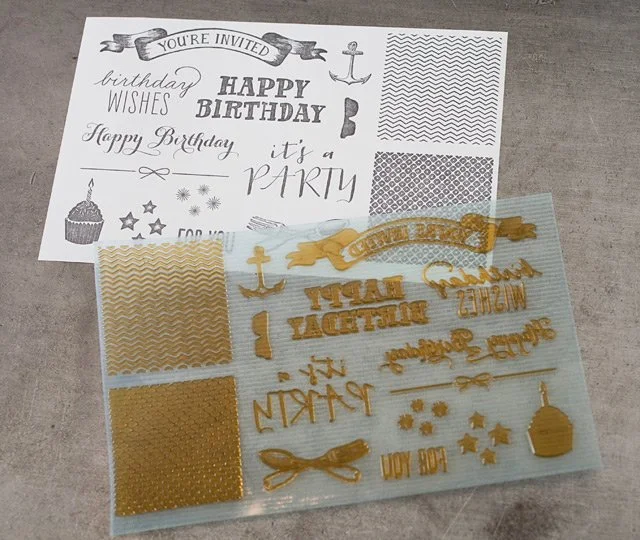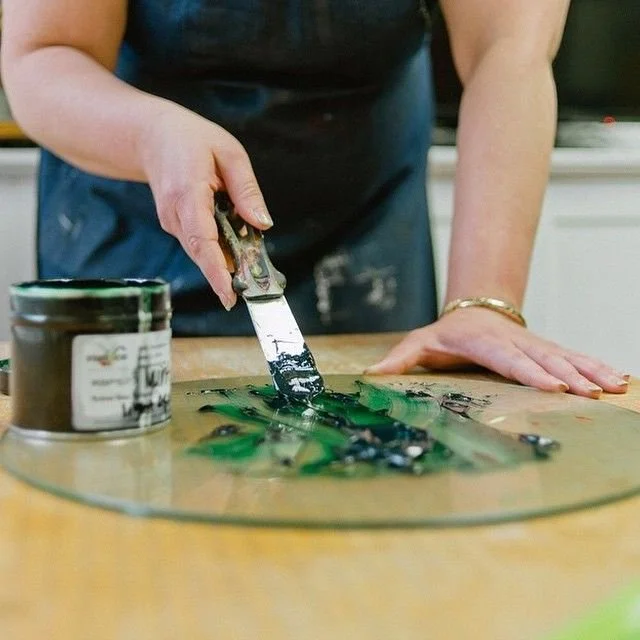What are Letterpress Printed Wedding Invitations?
sofia sayer
Letterpress printing is a traditional printing technique that involves pressing a raised, inked surface onto paper to create an impression. It is one of the oldest methods of printing, originating in the 15th century, and has a timeless, elegant quality that makes it a popular choice for wedding invitations, business cards, and other premium stationery.
Letterpress printed wedding invitation examples, designed and printed by Sofia Invitations and Prints.
Key Features of Letterpress Printing:
Tactile Quality: The process creates a noticeable texture, with the inked areas slightly recessed into the paper, giving a luxurious, handcrafted feel.
Premium Materials: Letterpress is typically done on thick, high-quality paper, which can hold the deep impressions without tearing.
Distinct Look: The result is a crisp, clean print with a vintage aesthetic that many people find visually striking.
Customization: It's ideal for minimal designs, intricate patterns, or typography-focused layouts. Metallic inks and blind impressions (impressions without ink) add extra sophistication.
How It Works:
Design Creation: A design is prepared and transferred onto a raised plate, often made of metal or polymer.
Ink Application: Ink is applied to the raised surfaces of the plate.
Pressing: The plate is pressed onto the paper with substantial pressure, creating both a print and an impression.
Me, in front of my Kluge letterpress machine. Kluge presses are from the WW2 era. Mine weighs about 2 tons! I saved it from becoming scrap metal from an old newspaper business in Spartanburg, SC.
Pros of Letterpress Printing:
Unique and artistic results.
Luxurious and high-end feel.
Perfect for minimalist and elegant designs.
Letterpress Printing plates made from Polymer. The printing plate has a sticker backing and gets attached to the plate of the printing press.
Cons of Letterpress Printing:
More expensive than digital or offset printing due to the labor-intensive process.
Limited color range (usually best for one or two colors).
Not ideal for large quantities or very complex, multicolor designs.
Mixing a custom color for letterpress printing.
Letterpress printing is a favorite for those who value craftsmanship and want their printed materials to make a lasting impression.



